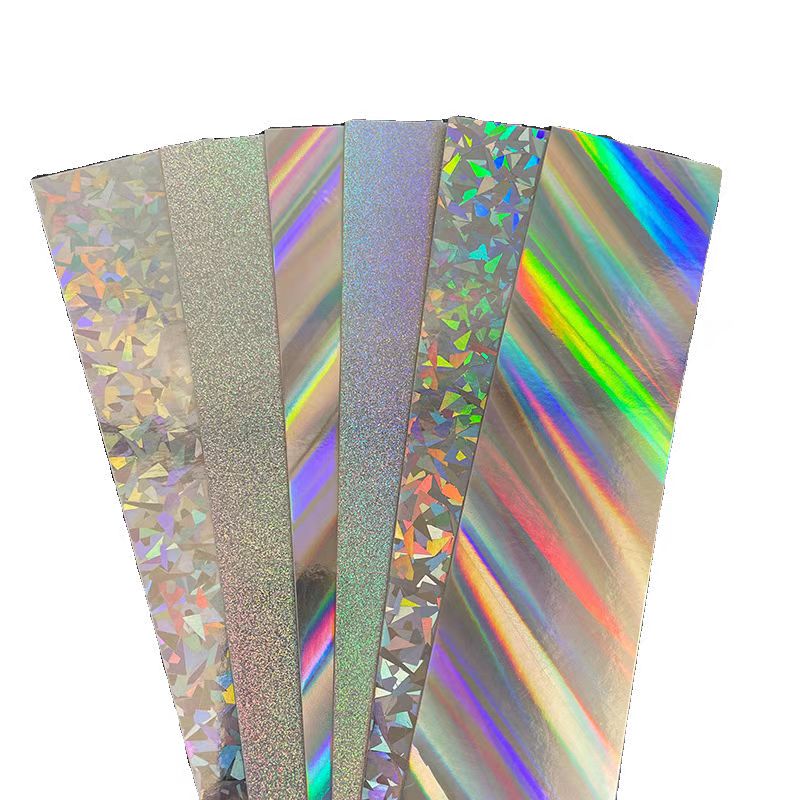How to Eliminate PET Film Residue: Prevention and Removal Tips
PET protective films offer a reliable way to safeguard sensitive surfaces during transport, assembly, or storage. However, even the best PET film can leave behind adhesive residue—if not applied or removed properly. This article provides expert guidance on how to eliminate PET film residue with an emphasis on PET film residue removal, smart application methods, and tips for bubble-free PET film—especially when working with high-stakes materials like PET protective tape for LCD panel.
The Problem: Sticky Residue After Film Removal
Adhesive residue left after film removal leads to:
Scratched or contaminated surfaces
Reduced product quality
Extended cleanup time
Potential rework or material loss
The goal is zero-residue removal, especially for delicate components like display screens or polished lenses.
Why Does PET Film Leave Residue?
Overcured Adhesives: Extended UV or heat exposure can alter adhesive chemistry.
Improper Adhesive Selection: Not all adhesives are residue-free.
Environmental Stress: Humidity, heat, and surface type all impact adhesive performance.
Incorrect Application or Removal: Pulling too fast, stretching film, or skipping prep worsens adhesion or removal.
Step-by-Step Prevention Strategy
1. Choose the Right Adhesive
| Adhesive Type | Residue Risk | Ideal Application |
|---|---|---|
| Silicone | Very Low | Electronics, displays, optics |
| Acrylic | Moderate | General packaging, industrial surfaces |
| Rubber | High | Low-cost, temporary applications only |
✅ For LCDs and high-value surfaces, use silicone-based PET protective tape for LCD panel.
2. Clean Surface Before Application
Use 99% isopropyl alcohol (IPA)
Wipe with lint-free cloth
Avoid touching the surface with bare hands
Ensure no moisture remains
This promotes even adhesion and prevents weak bonding.
3. Apply Using Proper Technique
Even application = even removal.
Tips for bubble-free PET film:
Apply with a rubber roller or squeegee
Work slowly from center outward
Avoid stretching or repositioning the film
Perform in a clean, dust-free environment
4. Monitor Film Duration and Environment
Even the best PET film can degrade if:
Left on too long
Exposed to intense sunlight or high humidity
Stored improperly
✅ Follow manufacturer guidelines on max exposure duration.
PET Film Residue Removal – The Right Way
If residue still occurs, follow this 4-step method:
Warm the surface with a heat gun (40–50°C) to soften adhesive
Peel film slowly at a 45°–60° angle
Remove remaining adhesive using IPA and a soft cloth
Avoid abrasive tools (no metal scrapers)
This ensures safe, scratch-free removal.
Real-World Use Case: LCD Panel Assembly
LCD panels must remain:
Dust-free
Scratch-free
Static-safe
Using improper film leads to:
Adhesive marks on screen coatings
Electrostatic discharge (ESD) during removal
Clogged touch sensors
✅ Recommended: Anti-static, clean-peel PET protective tape for LCD panel
Common Mistakes That Cause Residue
| Mistake | Outcome | Fix |
|---|---|---|
| Skipping surface prep | Incomplete adhesion | Clean thoroughly with alcohol |
| Using acrylic or rubber glue | Leaves hardened or smeared residue | Use silicone adhesive |
| Fast or cold removal | Breaks adhesive layer | Warm and peel slowly |
| Trapping bubbles | Uneven curing and weak adhesion | Apply evenly with squeegee |
| Ignoring max film duration | Adhesive degrades on surface | Follow product-specific usage times |
Best Practice Summary
| Task | What to Do |
|---|---|
| Surface Prep | Clean, dry, glove-only contact |
| Application | Bubble-free tools, slow application, dust control |
| Adhesive Selection | Silicone-based for zero residue |
| Environment Control | Stable temp/humidity, low static, avoid sunlight |
| Removal | Warm surface, peel slowly, clean with IPA |
Final Thoughts
Avoiding and removing PET film residue is all about preparation, materials, and process discipline. Whether protecting delicate LCD panels or general surfaces, choose the right PET protective tape, apply with care, and follow tips for bubble-free PET film to ensure zero-defect outcomes. Should residue occur, use controlled PET film residue removal methods to restore your surface safely and professionally.
READ MORE:
Telephone: 008613530419893
E-mail:marie@selfadhesivefilm.com
ADDRESS (Shenzhen):903-286, Building A2, Guangming Technology Park, China Merchants Group, Guanguang Road, Fenghuang Community, Fenghuang Street, Guangming District, Shenzhen, Guangdong.
ADDRESS (Dongguan): 3rd Building No.45 Yinhu Road Shishuikou Community,Qiaotou Town, Dongguan, Guangdong.





